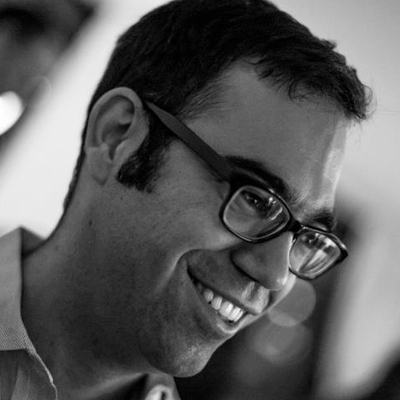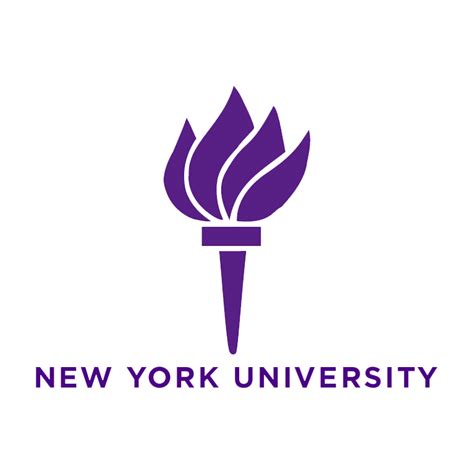The interface between theoretical and experimental physics
The impact of basic research is difficult to predict, but a number of spin-off technologies are created from it — the most famous example is the invention of the world wide web, created at the European Organization for Nuclear Research (CERN) as a platform to share information. Dr. Kyle Cranmer, Associate Professor of Physics at New York University, is now part of the advisory board for INSPIRE, an outgrowth of the first website in the US created by particle physicists at Stanford University. Therefore, unlocking secrets of the universe will not only be a lasting legacy of our generation, but also yield practical rewards of basic research. To this end, Dr. Cranmer conducts fundamental physics research as well as extensive data science to create an infrastructure that will facilitate data analysis in the future. Much like the creators of the first US website, Dr. Cranmer sees his initiatives around collaborative data analysis and novel means of digital publication as laying the groundwork for a new era in science. These initiatives are proving to be very effective within the context of particle physics and have attracted interest from publishers, the applied mathematics and statistics communities, and even the highest levels of advisors for the US government.
Dr. Cranmer aims to learn something new and fundamental about how the universe works. He began focusing on a hypothetical particle called the Higgs boson as an undergraduate in 1998, and spent several years developing new tools and strategies to search for this particle in one of the two big experiments at CERN's Large Hadron Collider (LHC). In 2008, he was presented with the PECASE award from President Bush for these efforts. In 2012, he and his colleagues discovered the Higgs boson, which led to a Nobel Prize for Peter Higgs and François Englert who predicted its existence in 1964. Moreover, Dr. Cranmer has been featured in a Charlie Rose interview and on Neil deGrasse Tyson's StarTalk Live alongside Bill Nye the Science Guy. Now, Dr. Cranmer and his team are not only developing tools to facilitate discovery in particle physics, but also leveraging current technological advancements to acquire even more data to create a more complete picture of the universe.
Current projects include:
- Particle Physics: The overarching goal of Dr. Cranmer’s physics research is to learn something new and fundamental about how the universe works. Are there new fundamental particles or forces that we haven't discovered yet? What is dark matter made of? These are difficult questions that take several years to address. Currently, as the LHC has doubled its energy, Dr. Cranmer and his team are searching for dark matter and signs that space-time might be even more intricate than Einstein had imagined.
- Data-Intensive Science: To facilitate research, Dr. Cranmer has been developing new tools and methodology for analyzing large datasets, enabling large collaborations to work more effectively. He introduced a statistical tool that is now used widely in the field and is ushering in a new collaborative data analysis paradigm. Taking a leadership role in addressing reproducibility and open science initiatives for particle physics, Dr. Cranmer is changing the way scientists collaborate, discover and share information, and publish journals by using the web. Increasingly, he is interested in the methodology around data-intensive science and the nascent field of data science as well as statistical analysis.
- The Crayfis Project: The Crayfis project is a harbinger for scientific instrumentation in the era of the Internet of things. An ambitious project to create a world-class cosmic ray detector from a global network of smart phones, the Crayfis, with roughly a million participants, can detect cosmic rays and will allow users to observe the highest energy cosmic rays, which are billions of times more energetic than the beams of the Large Hadron Collider. Within a few months it has already attracted nearly 100,000 interested users, an amazing number for a citizen science project, and as one of the principal investigators, Dr. Cranmer brings together particle physicists, experienced professional mobile app developers, graphic designers, user interface/experience professionals, and community managers to inch closer to solving the mysteries of cosmic rays.

Bio
Dr. Kyle Cranmer is an Associate Professor of Physics at New York University and Affiliated Faculty member at NYU's Center for Data Science. He is an experimental particle physicist working primarily on the Large Hadron Collider, based in Geneva, Switzerland. Dr. Cranmer obtained his Ph.D. in Physics from the University of Wisconsin-Madison in 2005 and his B.A. in Mathematics and Physics from Rice University. In 2007, he was awarded the Presidential Early Career Award for Science and Engineering from President George W. Bush via the Department of Energy's Office of Science, and in 2009, he was awarded the National Science Foundation's Career Award. Dr. Cranmer developed a framework that enables collaborative statistical modeling, which was used extensively for the discovery of the Higgs boson in July, 2012.
Growing up in Arkansas, Dr. Cranmer attended a math and science high school founded by Bill and Hillary Clinton and was relentless in asking “why.” This draw to science quickly took him to the world inside atoms and beyond the galaxy. In college, he pursued physics motivated by his deep love for nature and its unreasonably effective description in terms of mathematics. After graduating with his Bachelor's degree from Rice University, he went to CERN, the premier particle physics laboratory in Geneva, Switzerland for a year. He had a hard time choosing between theoretical and experimental physics, and then realized he was drawn to the interface between these two aspects of science. Since that time, he has had a thread of his research related to statistics and what is now referred to as “data science".
Early on, Dr. Cranmer saw computers as a natural and powerful tool for expressing and extending his thoughts. As a kid he grew up with the first personal computers and was immersed in the design and production of a scientific journal that his mother created and edited. In high school in the mid-90's, Dr. Cranmer was one of the first to tinker around with the Internet. He continues to think of novel ways to take advantage of computers and the Internet to accelerate the pace of physics research and communicate results to the general public.
Outside of research, in his free time, Dr. Cranmer spends time with his two children and likes to hike and climb. He is a “foodie” who enjoys trying different cultural foods and IPA beers. He also does a fair amount of outreach and science communication.
For more information, visit:

In the News
Klout.com
Wikipedia
Theory and Practice


